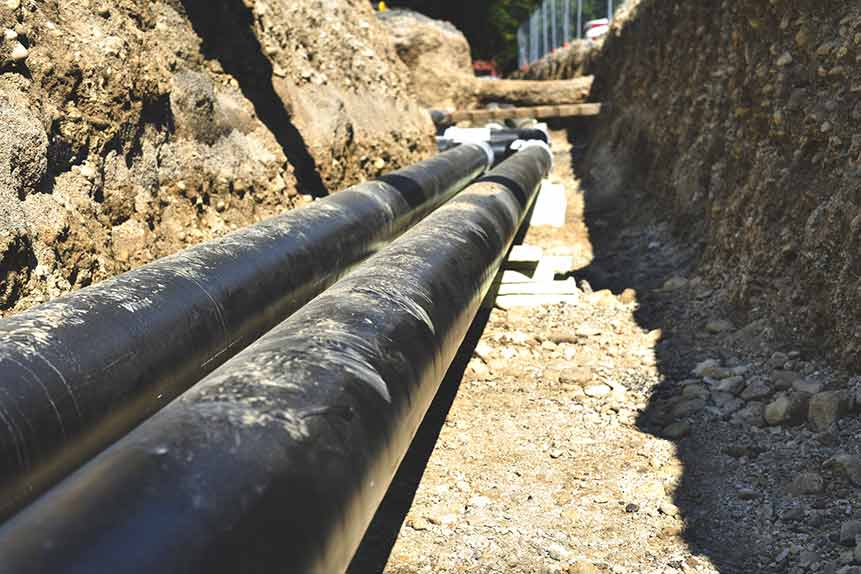
A septic system is a natural wastewater treatment system that's largely in harmony with nature. It uses natural bacterial processes to make wastewater safe to release into the ground. So it makes sense that, in many ways, your septic system's needs align with the requirements of living an eco-friendly life.
For example, your septic system works best when it's not overloaded with excess water, and using water efficiently is also an important part of an eco-friendly lifestyle. Here are four types of fixtures you should consider upgrading to help reduce water waste to help the Earth and your septic at the same time.
1. Showerheads
Modern technology has come up with a number of ways to reduce the amount of water that your showerhead uses per shower. A decade ago, a low-flow showerhead would produce an anemic shower, leaving users feeling chilly and unrinsed. But today, if you choose the right product, you can experience a low-flow shower that's just as comfy as a more wasteful one.
One way newer low-flow heads beef up the shower power is by aerating each stream of water carefully so that the water spreads out over your skin better (similar to a faucet aerator). Others use super-narrow streams of water but add pressure to make it seem like a stronger flow.
If you're not sure you'll enjoy a low-flow showerhead, try getting one with multiple settings. That way, you can adjust the stream until you find a setting that's comfortable to you but also sends less water into your septic system each day.
A bonus to adding a low-flow showerhead is that it saves both water and electricity (unless you already typically take cold showers). The less hot water you use in your shower, the less energy is expended on water heating, meaning you can reduce your environmental footprint in several different ways.
2. Toilets and Bidets
Low-flow toilets also suffered from reduced efficacy in their earlier years. But now you can find models on the market that are designed to work effectively with less water. These redesigns may include larger flappers to let flushing water move more rapidly through the toilet, or may even include a pressure assist feature.
Choosing a model with a bidet attachment (or adding a bidet attachment later) may save water as well. It sounds counterintuitive, since bidets actually use water. But a bidet saves toilet paper, and making toilet paper requires around 12-37 gallons of water per roll. That's on top of the trees killed, the chemicals and bleaching agents used, and the transportation costs and effects.
Since using a bidet does send a little more water into your septic system, it is a bit of a tradeoff, but a typical bidet only uses a pint of water, so it's nowhere near enough to cancel out the savings your low-flow toilet provides.
3. Faucet Aerators
Like a showerhead, faucet aerators can help you save on both water and energy anytime you use warm water. While standard faucets do come with aerators, they're typically not water-saving; they still use around 2.2 gallons per minute. You can reduce this amount considerably by adding a low-flow aerator.
Some low-flow aerators come with rates as low as 0.5 gallons per minute. Since you likely use your faucets daily for not only handwashing and toothbrushing, but also for cooking, drinking, dishwashing, and a variety of other activities, these water savings can make a big difference for your septic system.
These low-flow plumbing fixtures will help you retrofit your plumbing system to fit your eco-friendly lifestyle and help avoid overusing your septic system. But remember, if your septic is already having problems, reducing your water use won't fix it. Instead call a septic service such as
Upstate Septic Tank, LLC for septic pumping and servicing.






